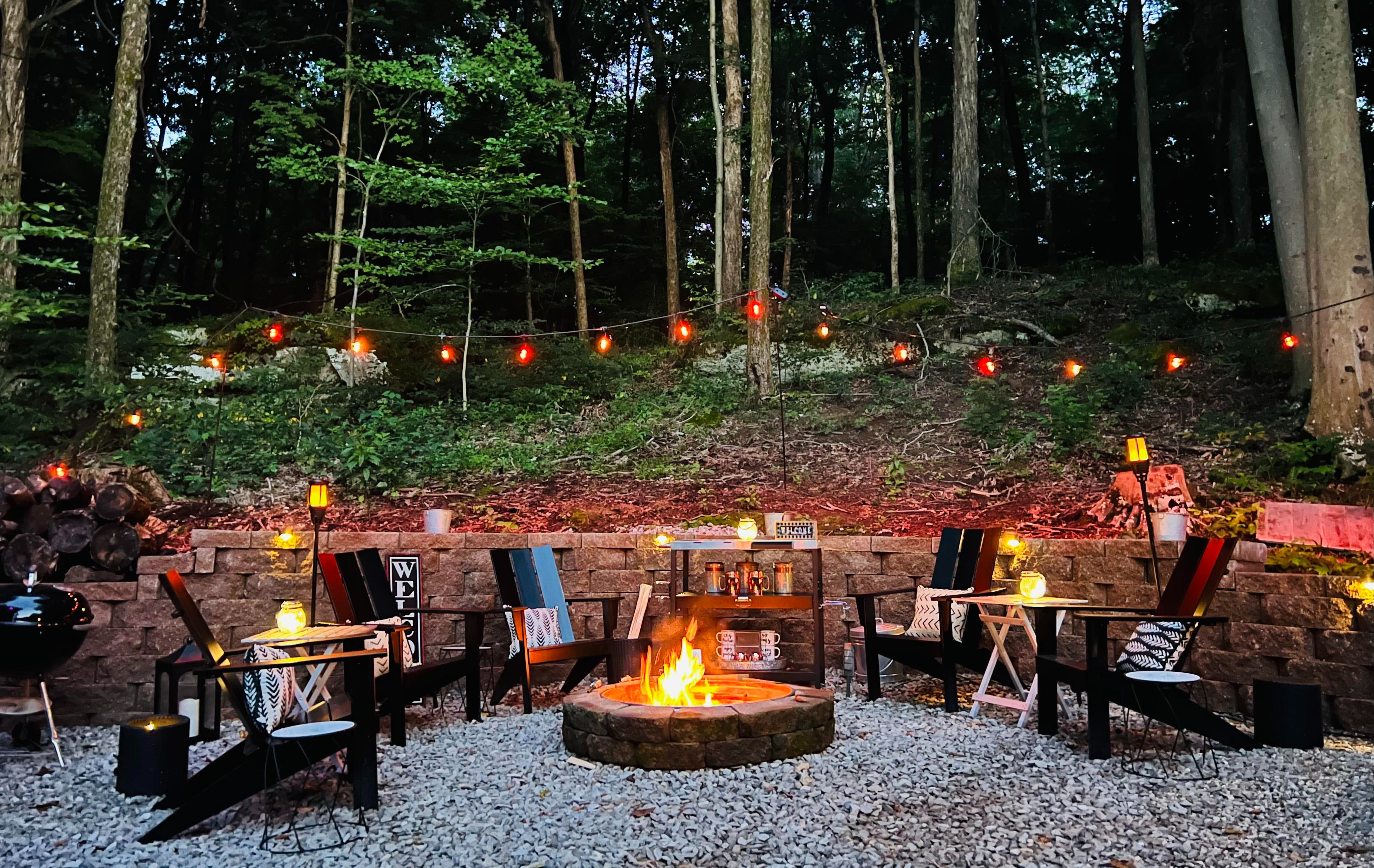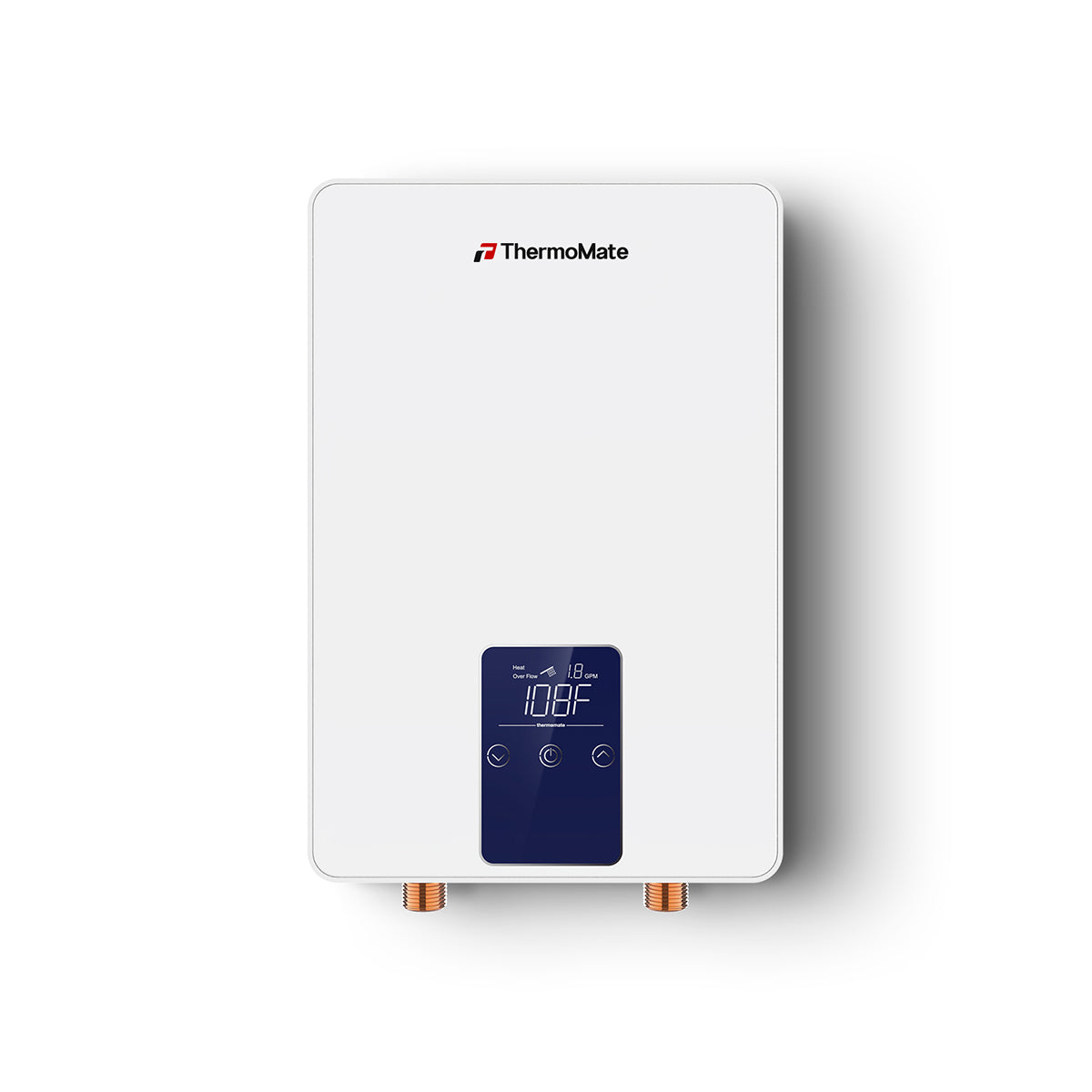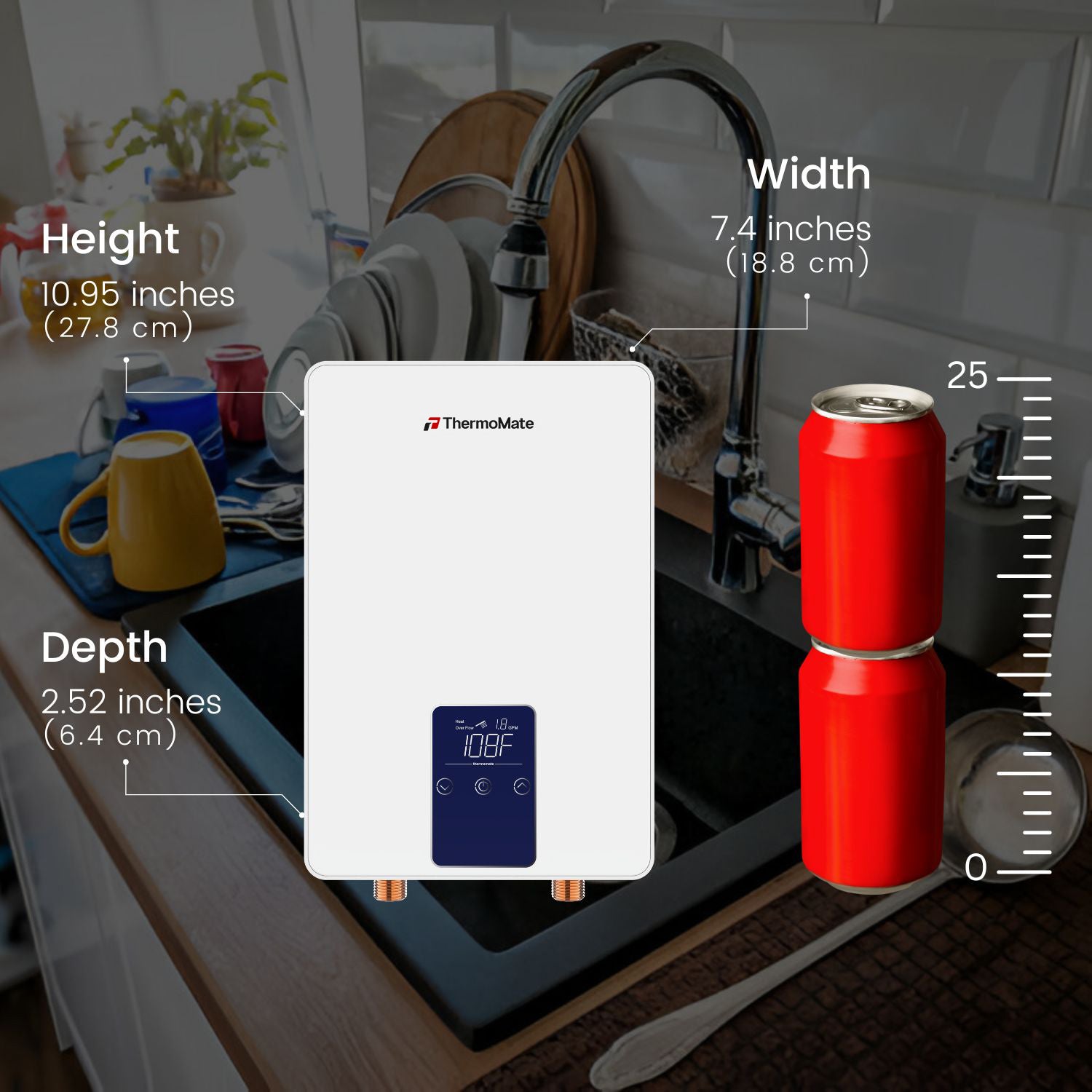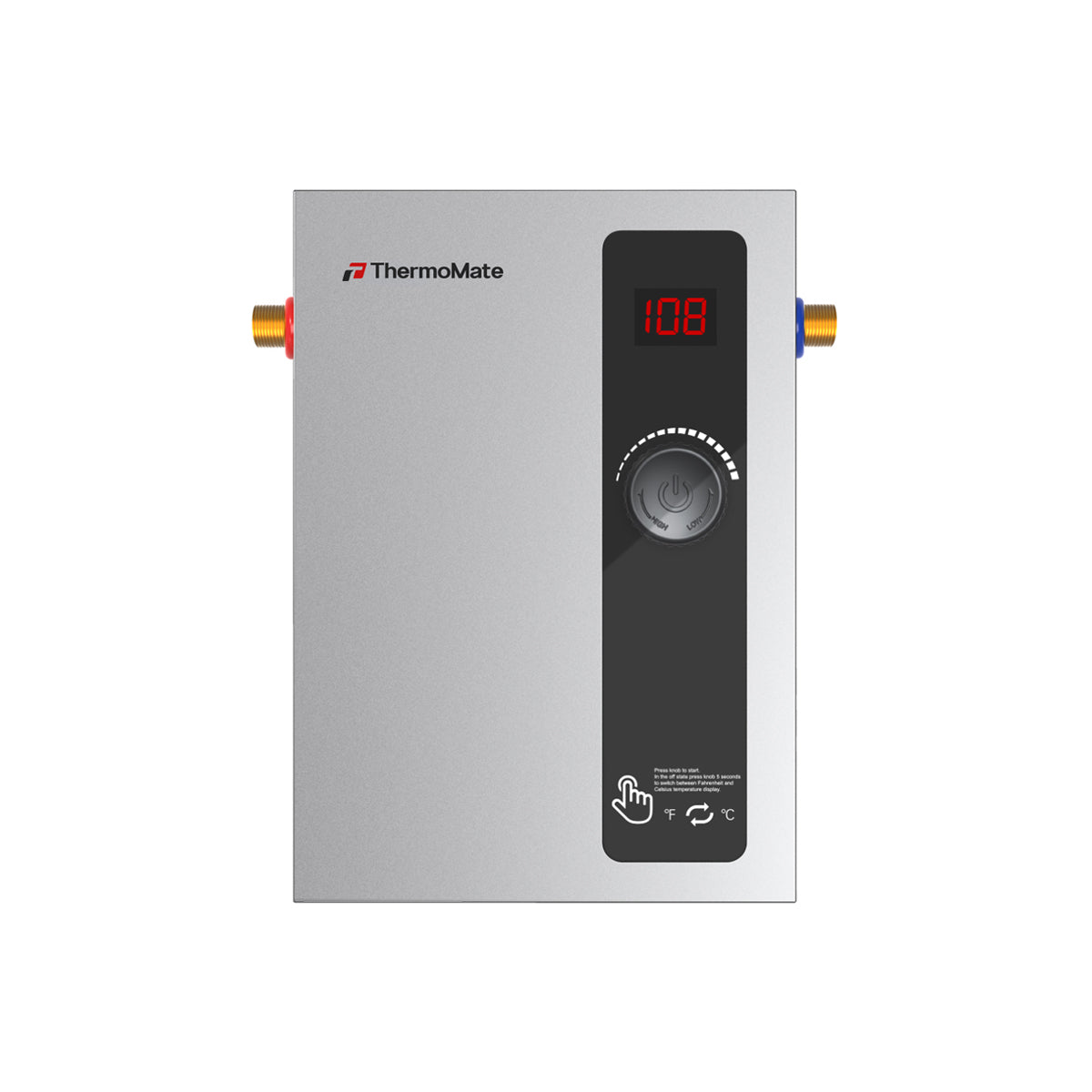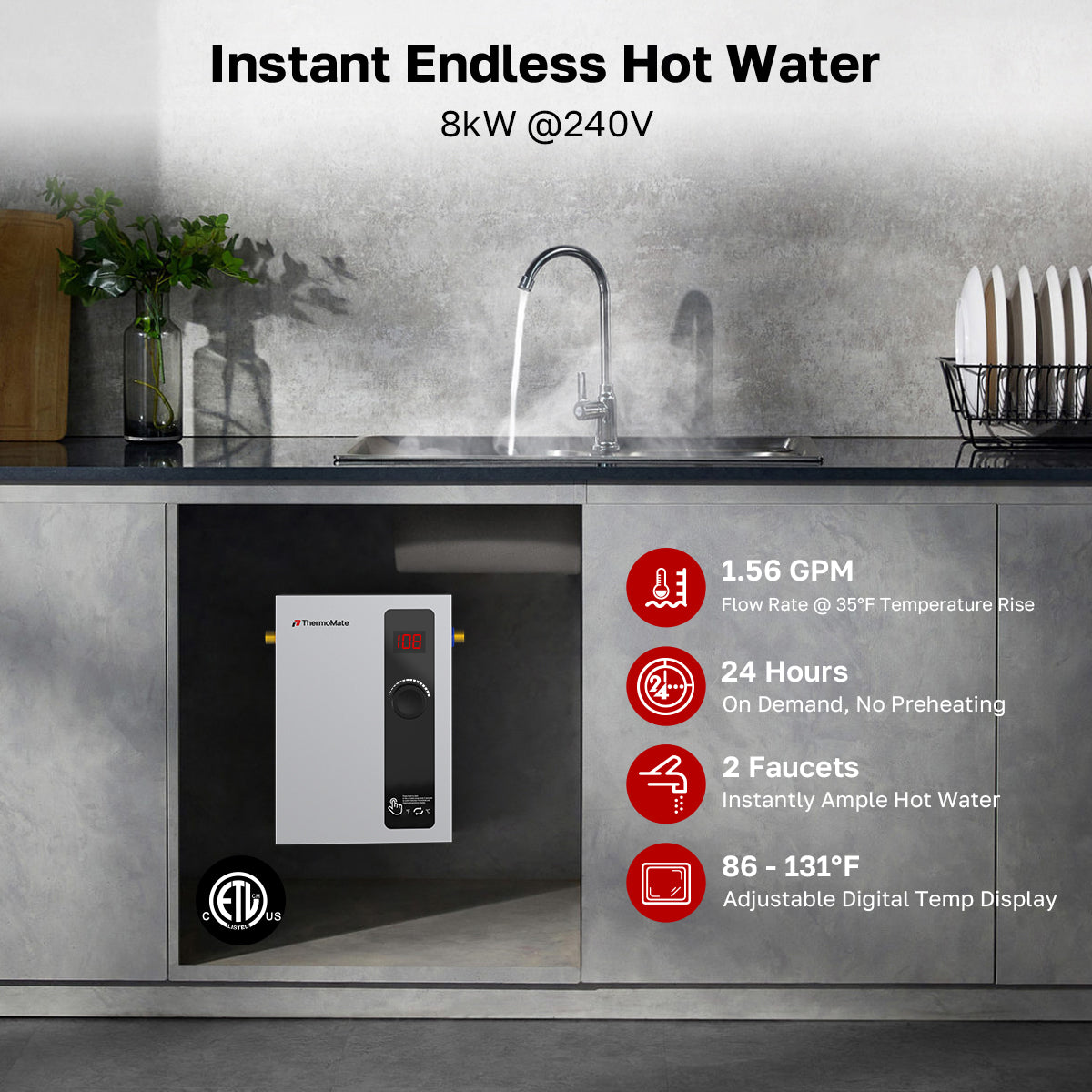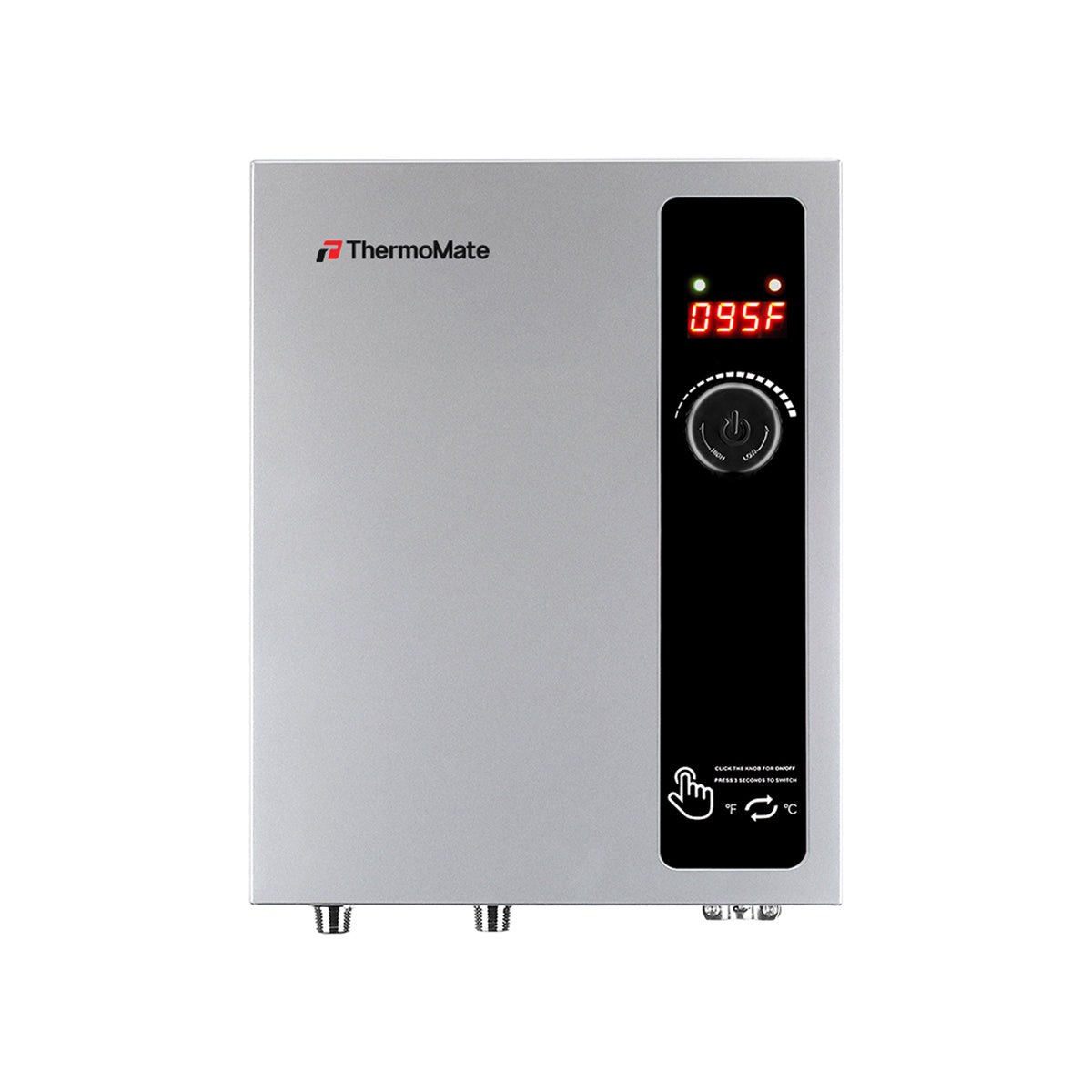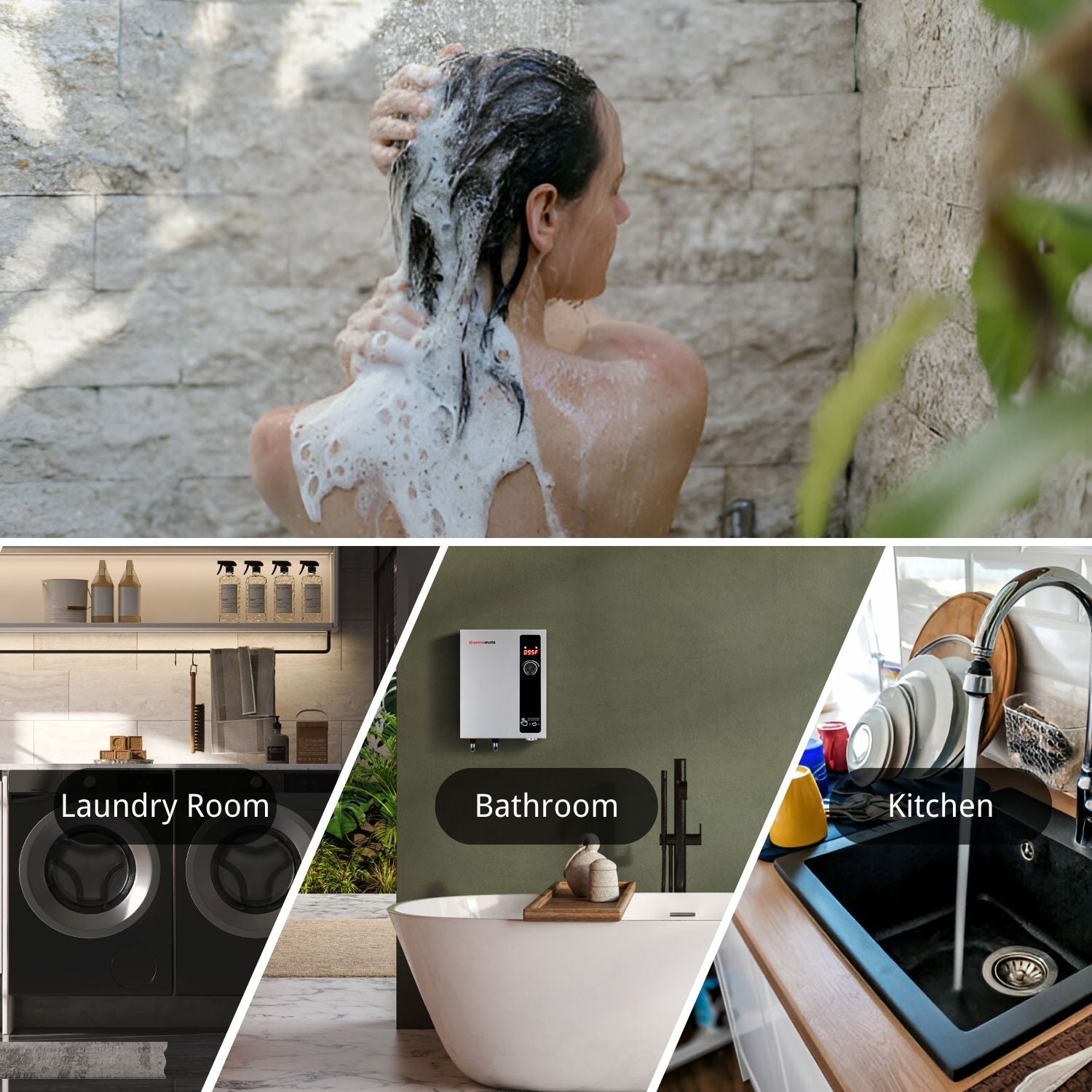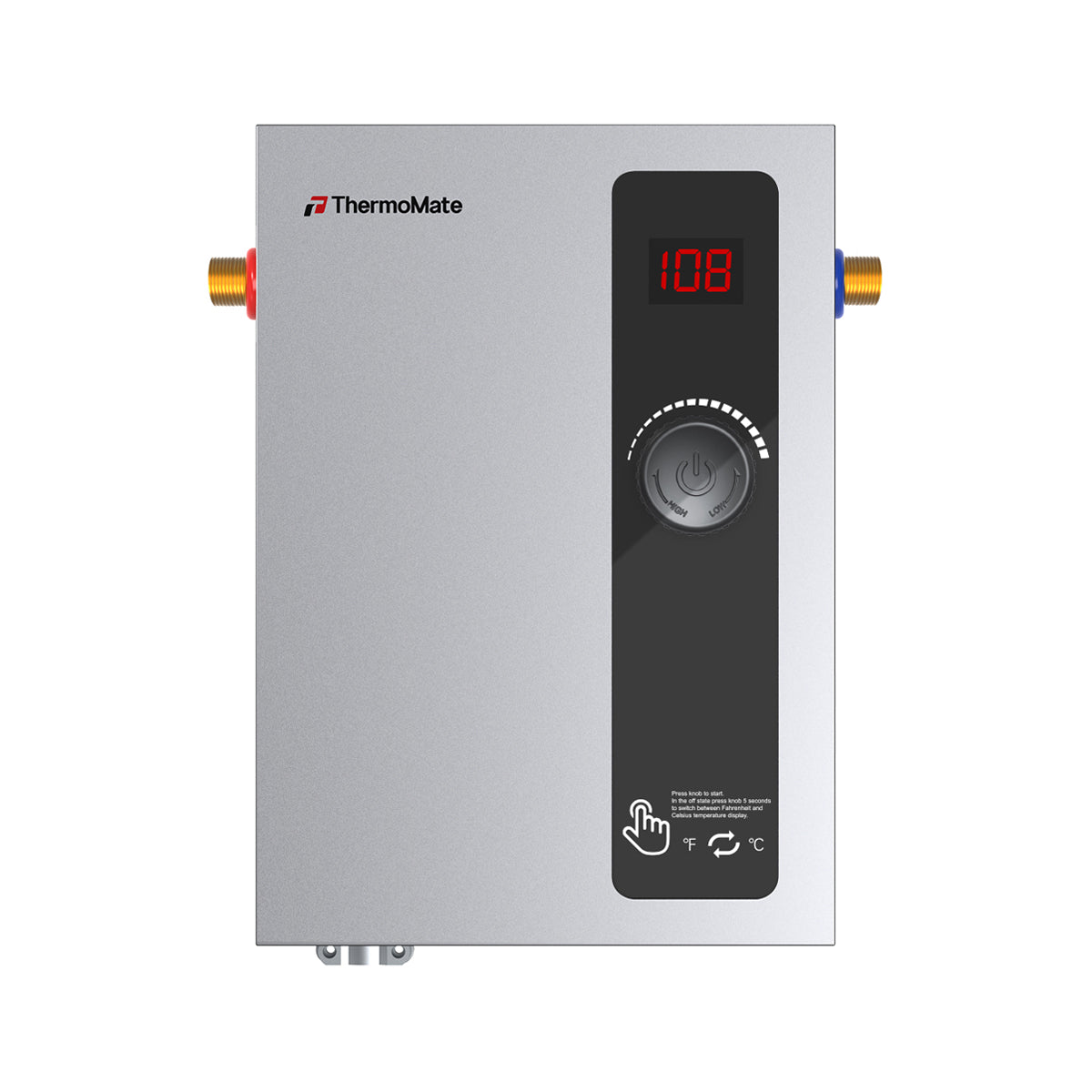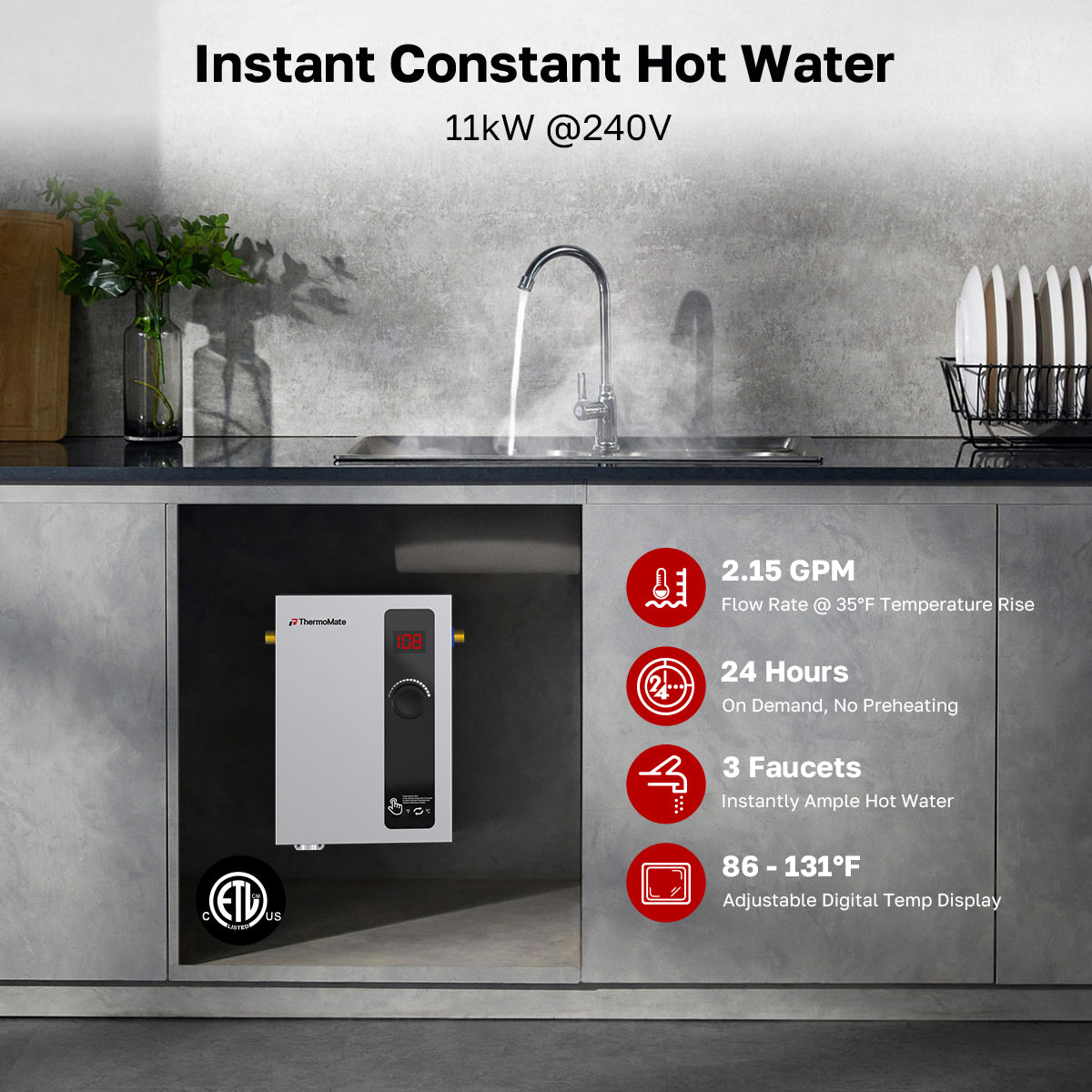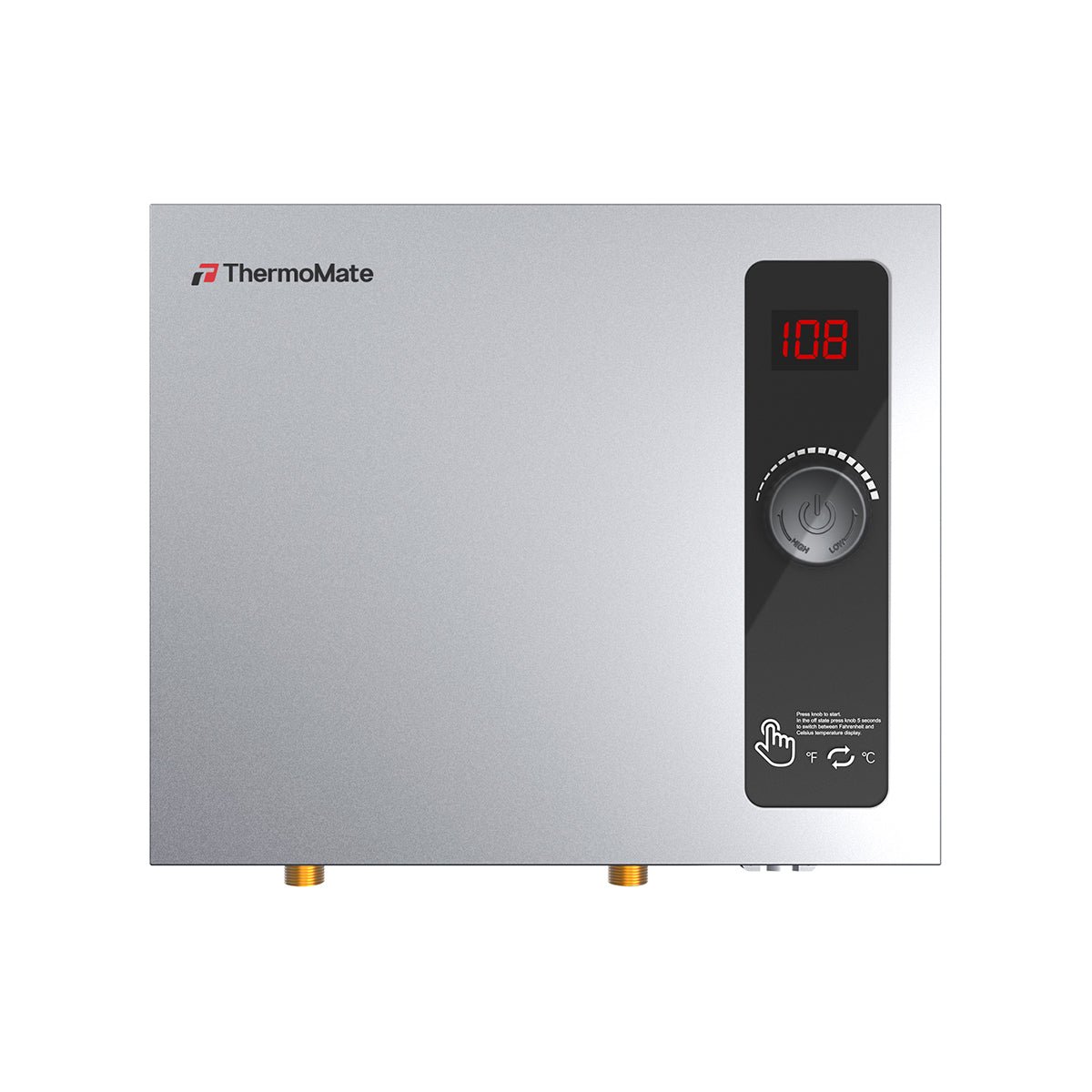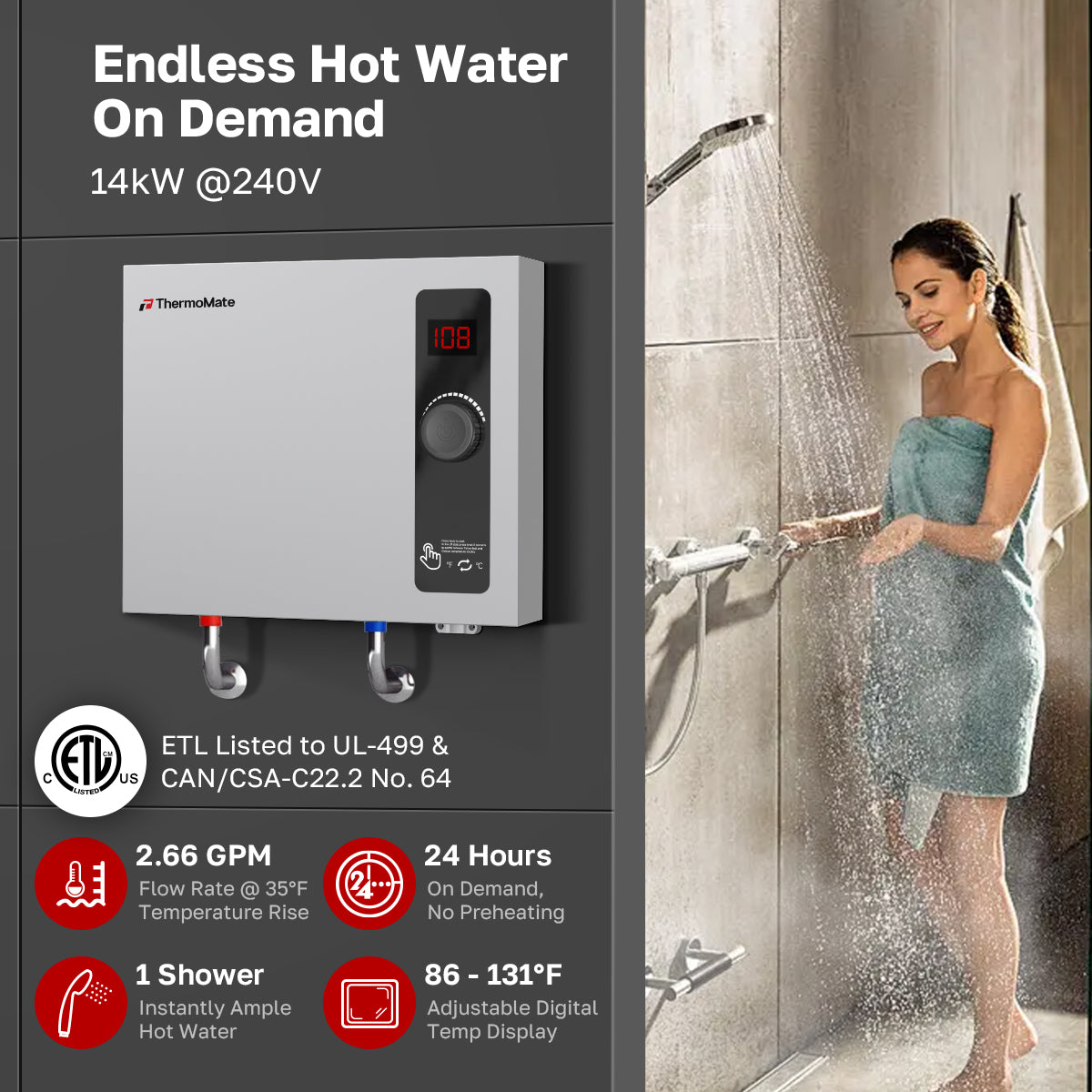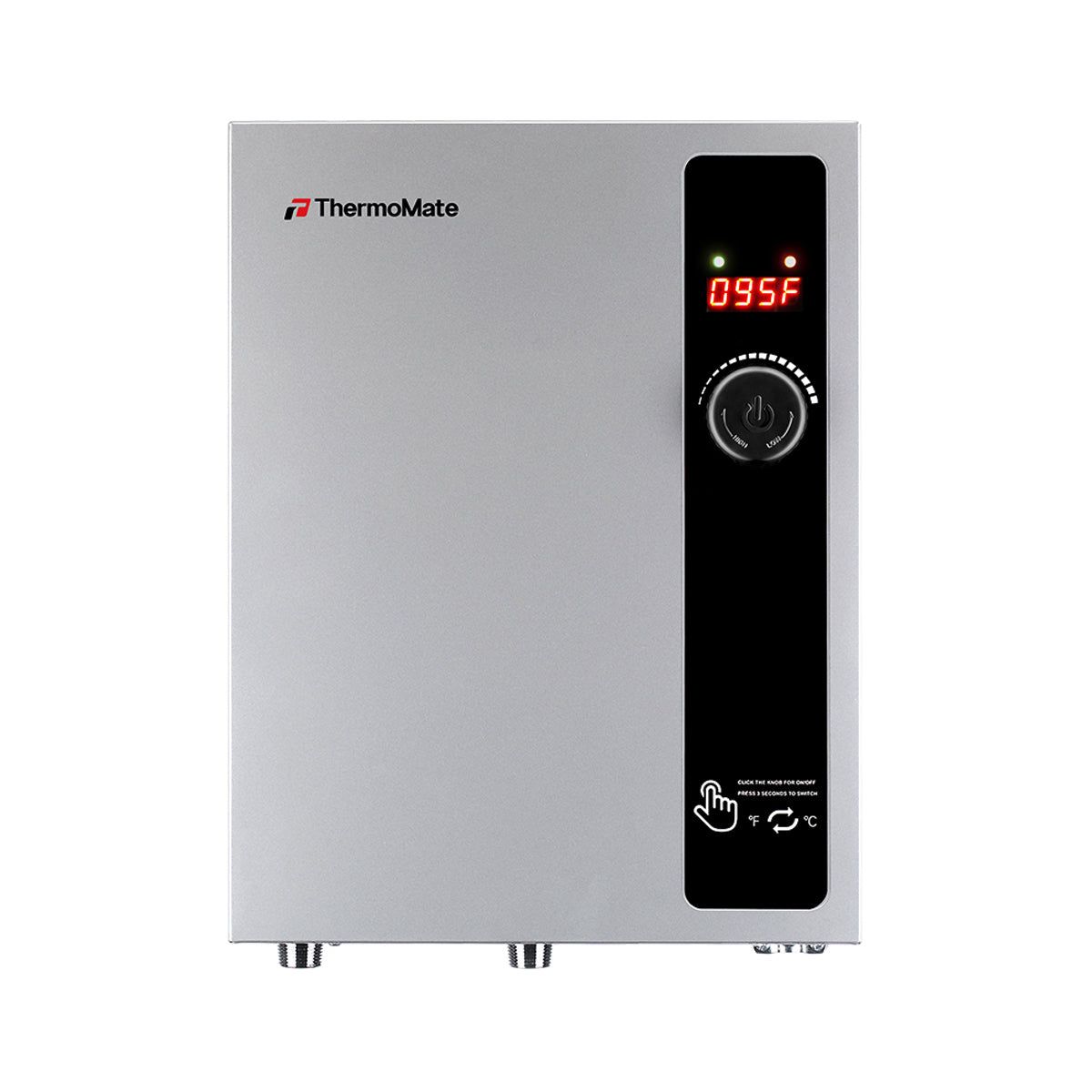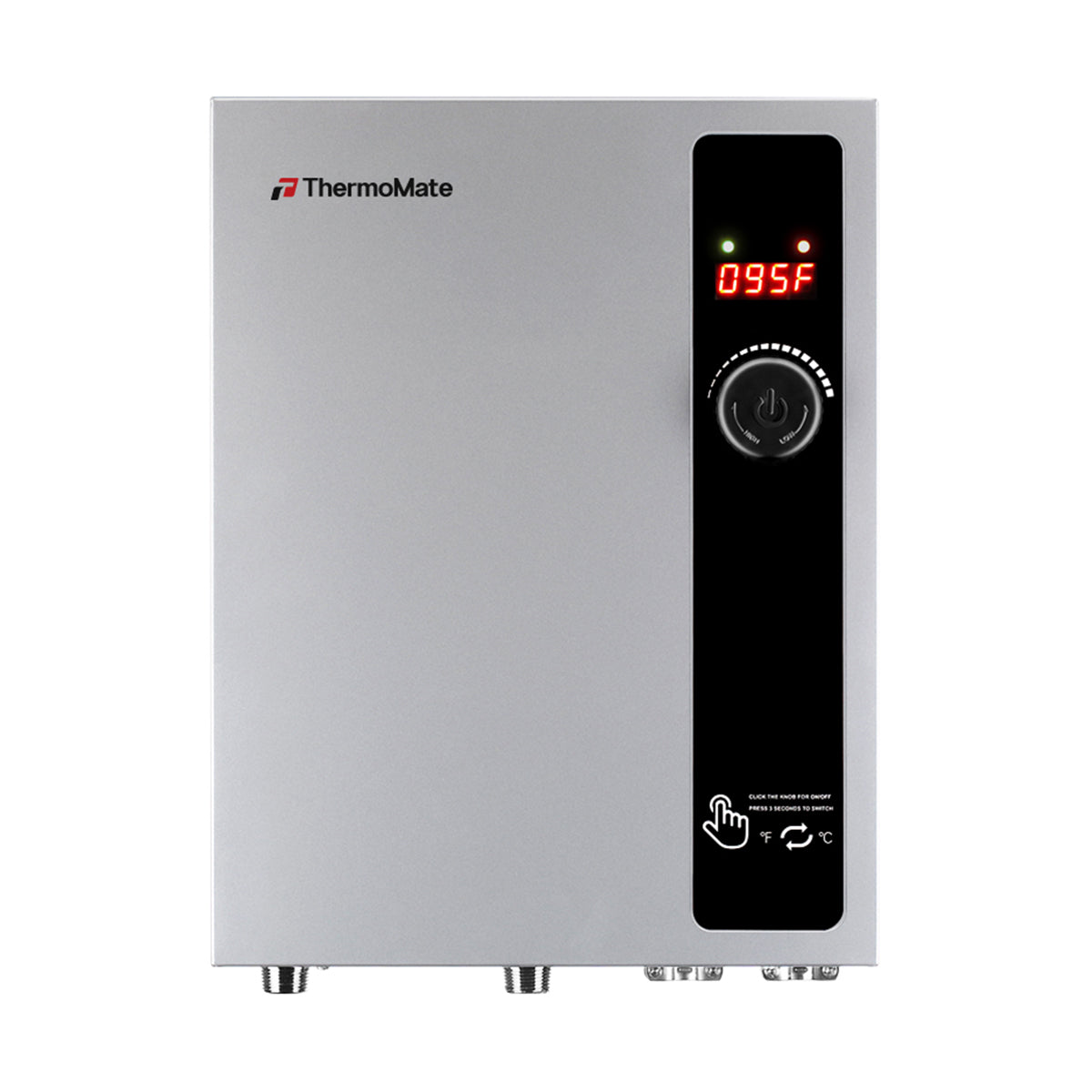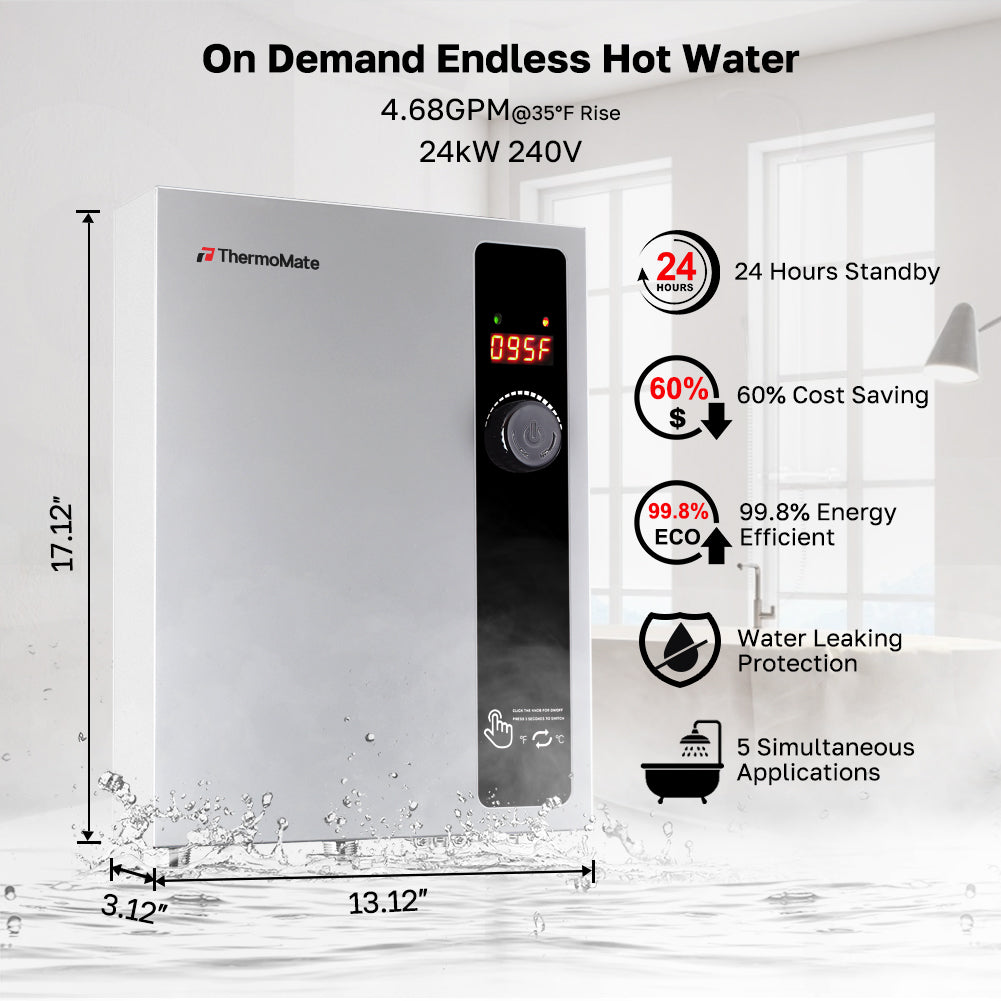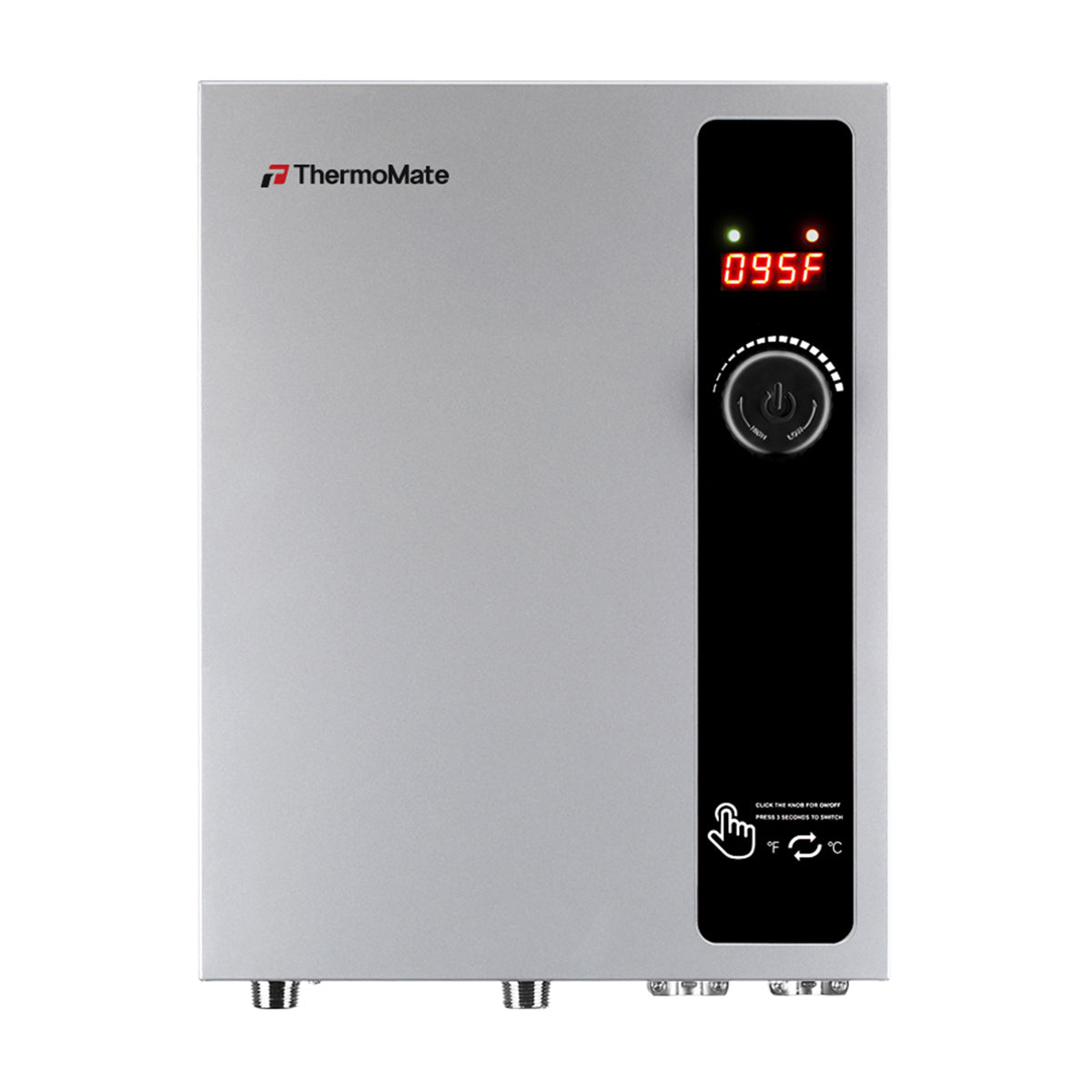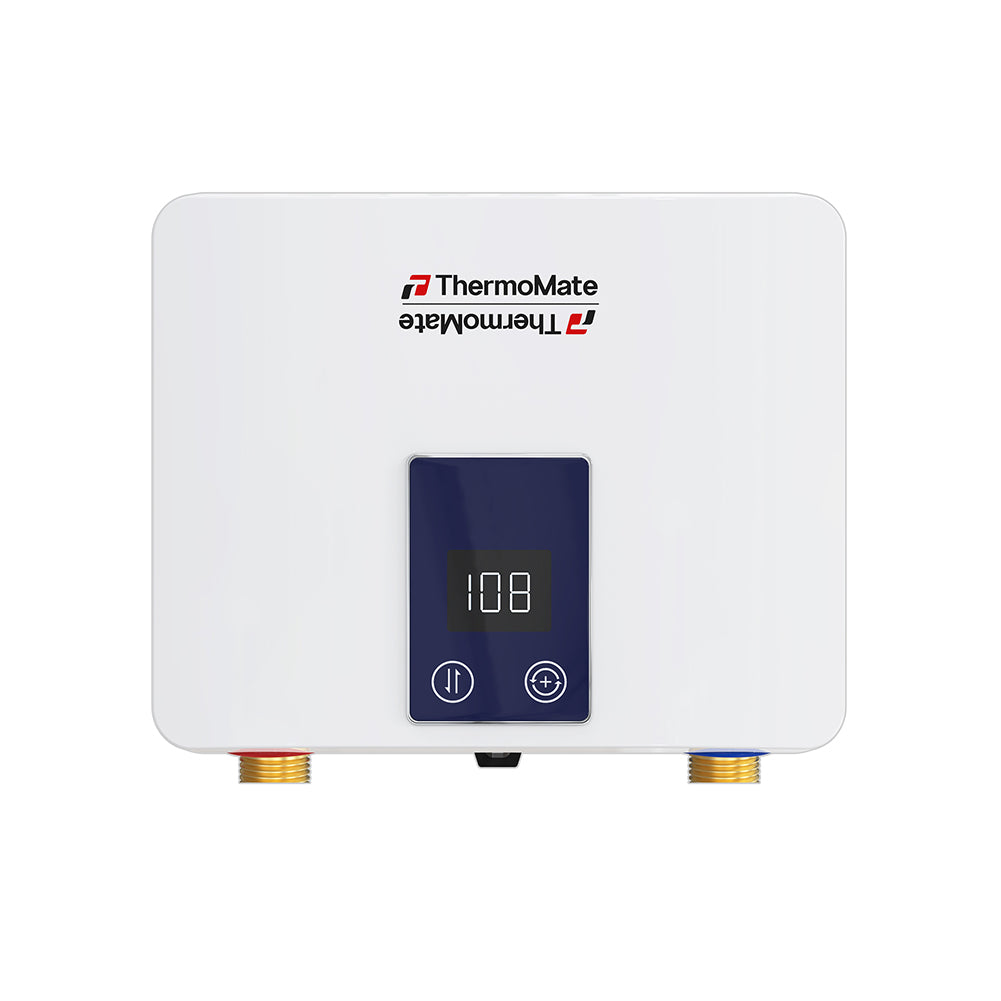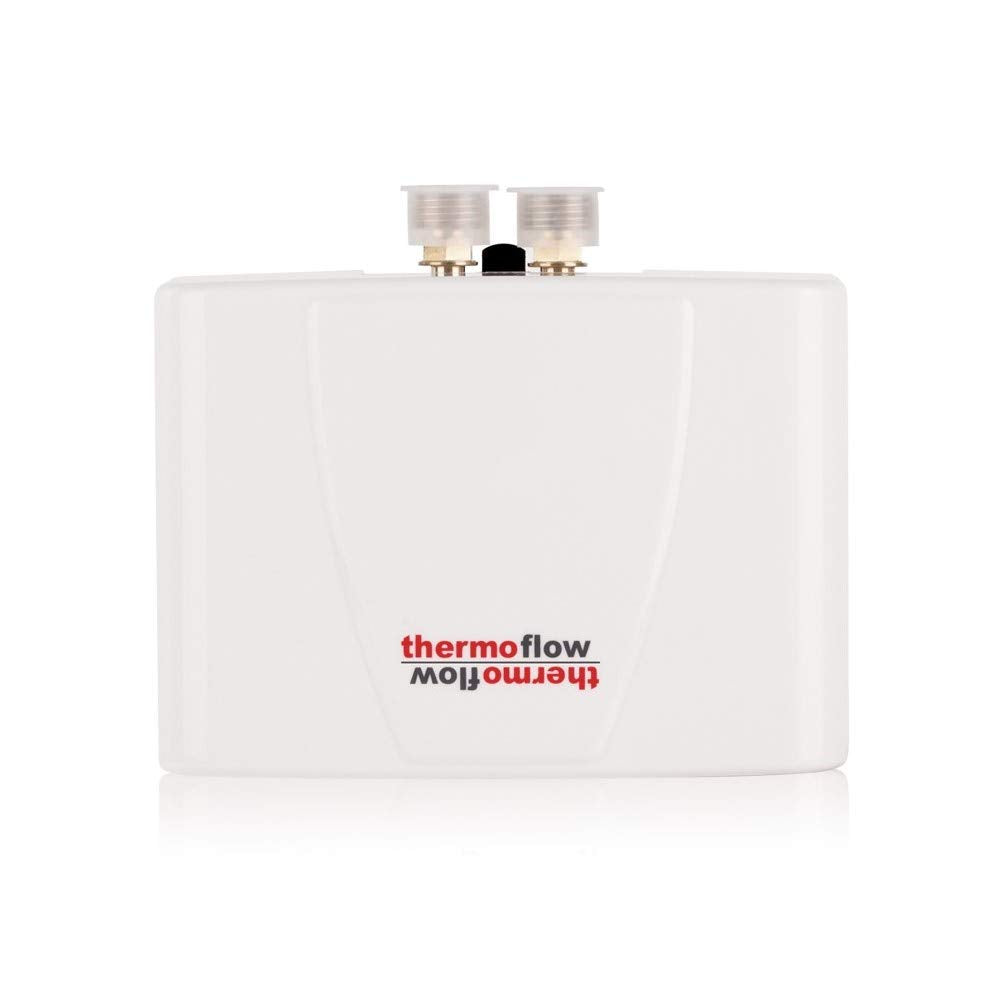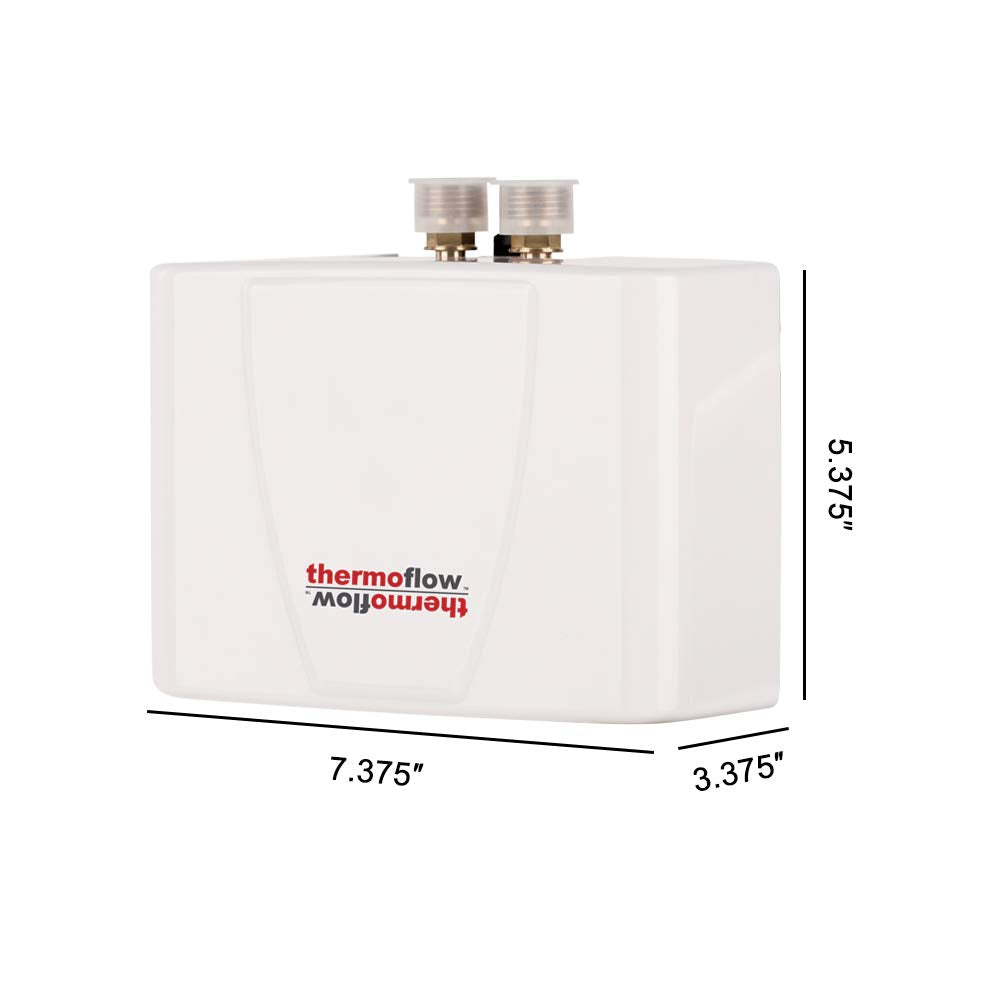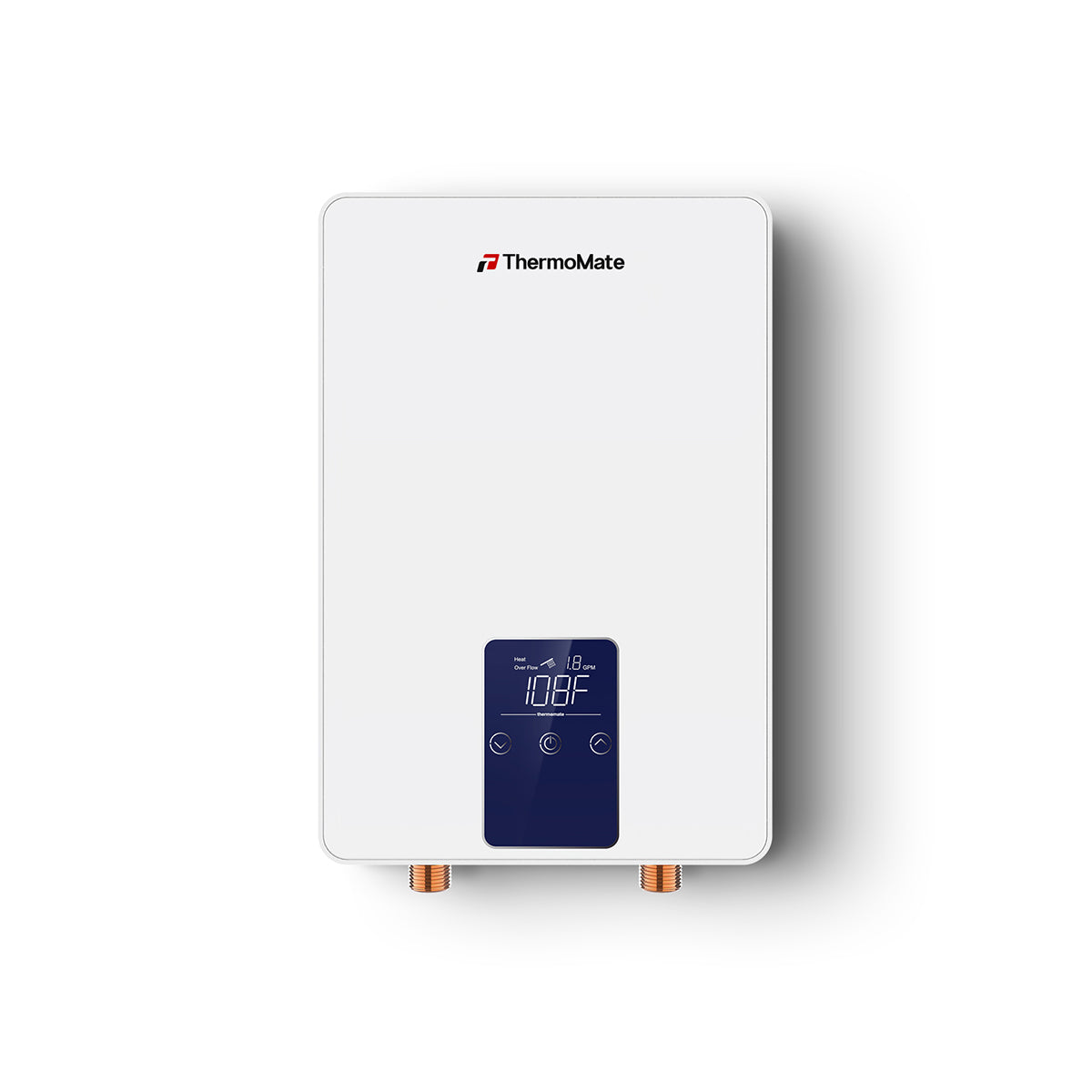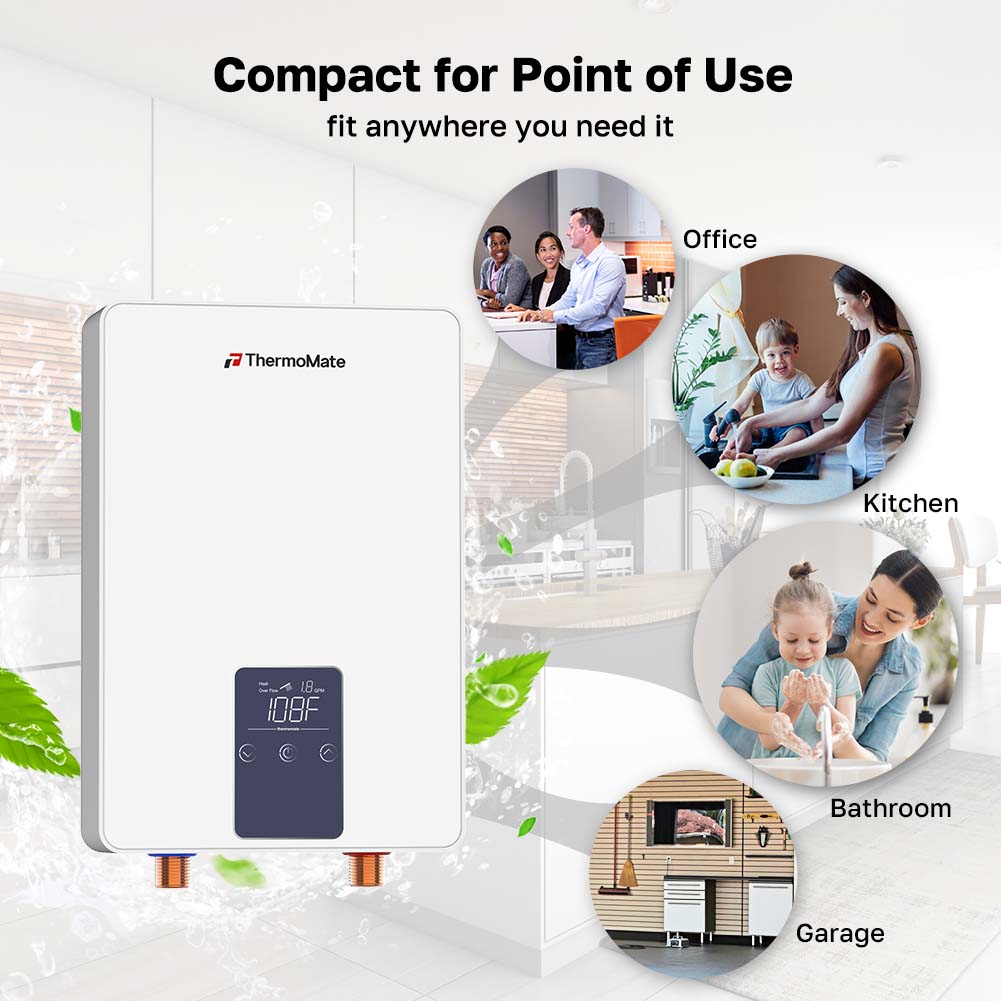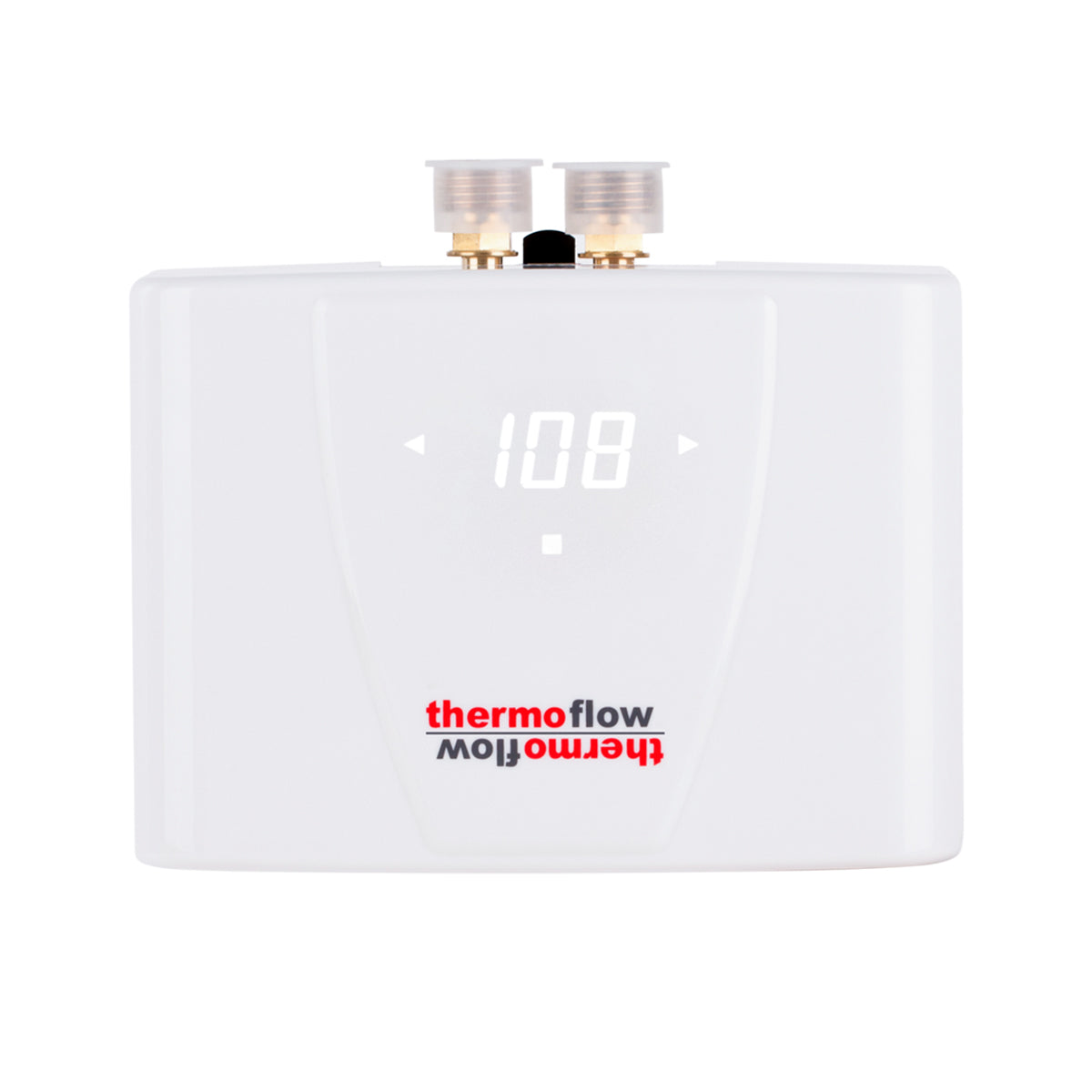How to Choose a Fire Pit?
-- A fire pit is a way for outdoorsy types to get some use out of the backyard during the cold winter months. At other times of the year, it also makes a nice gathering place for roasting weenies and marshmallows, talking with friends, or telling ghost stories. Just imagine sitting in a circle on your patio without a fire—pretty boring, right? Everyone would quickly lose interest and walk away. A fire pit provides warmth, sparks creativity, and discussions, ignites passions, and can be mesmerizing and relaxing as you stare at it for a while.

Before You choose a Fire Pit
So getting a fire pit for your yard or patio is on your agenda. Before you go shopping for the perfect fire pit, do some research. Think about where it's going to be located, the type of one you want, if it's going to be a permanent built-in one or a portable one, and how much you can afford. A fire pit can provide many hours of enjoyment if it fits your needs or style. Fire pits are great places for family and friends to get together or enjoy a nice romantic evening.
Buying Considerations for a Fire Pit
Style
Unless you are only interested in digging a hole in the ground to roast a pig for a backyard luau, a fire pit can be a focal point of your yard. Styles of fire pits available include basic metal fire bowls to elaborate, multi-level and multifunctional units that are combination fire pits and beverage coolers.
Other possibilities include square models that resemble low tables, with room upon which to set a drink or plate.
Wood-Burning Laws
For starters, you can't use wood-burning fire pits on covered porches, nor is it advisable to use them under low branches or in windy areas.
Check with your homeowner's association, city, or county for restrictions pertaining to outdoor fire pits, fireplaces, or burning wood. Some regions impose fines for violations. In addition to safety and property restrictions, a municipality may have wood-burning or fire pit laws for those tending fires under the age of 18.
Scientists and environmental agencies are trying to raise public awareness about the dangers of inhaling smoke from wood-burning fireplaces and fire pits. Programs like the Environmental Protection Agency's (EPA) Burn Wise, along with Healthy Hearths, from Southern California's South Coast Air Quality Management District (AQMD), provide information and incentives to educate and reduce pollution from wood-burning fires.
Types of Fuel
If you love the sound of a crackling fire and an aroma that will linger on your clothes and in your hair, then wood might be the choice for you. Average-sized logs are 24 inches, so make sure the pit can accommodate them.
Propane or natural gas pits can be used on open porches with overhead roofs, and are generally neater, with no pile of wood, ashes, smoke, or debris with which to contend.
Materials
When choosing a fire bowl, opt for something that will wear well and extend the life of your fire pit. Cast aluminum is less likely to rust, while copper can stain. Cast iron is a solid but heavy choice.
Permanent or Portable?
Depending on its location, your budget, and the materials used, a fire pit can be custom-built as a permanent fixture in your yard or can be a portable model that is easy to move around wherever the crowd gathers.
Location, Location, Location
Again, check local ordinances regarding the placement of a fireplace or fire pit, along with "recreational" fires. Code requirements may dictate the location of a backyard pit and will influence the way in which you operate your outdoor fire feature.
While it may seem obvious, fire pits should never be used indoors, according to the Hearth, Patio, and Barbecue Association (HPBA). Other places not to place the pit: on a wooden deck, anywhere that is considered too close to your house or another structure, on the lawn, under an overhang, or anything that could quickly catch fire.
Types of Fire Pits
Fire Bowls
These types of fire pits are shaped like a large bowl and are typically made out of metals, including stainless steel or copper, while some are made of concrete. They can be moved to different places in your yard or patio easier than a fire table. Fire bowls come in various sizes, and many have legs on them, and offer fuel options from wood burning, propane, or natural gas.

Fire tables are available in many shapes and sizes, from rectangles, and squares to octagons, and others. They are usually fueled by propane, natural gas, or electricity, and are popular to use on porches or lanais as the centerpiece between outdoor couches and chairs. Fire tables have a ledge around the fire pit area, offering a convenient spot to put glasses or food items.
Tabletop Fire Tables or Bowls
Self-explanatory, these tabletop fire pits are smaller versions of fire tables or fire bowls and are placed on a table as a focal point. They typically run off of gel fuel or propane. These fire pits are very easy to move around and store when not in use. They're great for small patios, decks, or pool areas.
Fire Columns
Slim and quite possibly a bit tall, fire columns can be rectangular in shape or square, and are good options for smaller areas since they don't take up a lot of space. These fire pits are fueled by propane or natural gas and provide a more unique look.
Chiminea
Chimineas have been around for a number of years and were used for heating. Traditionally they were made of terracotta (clay), but nowadays, you can find them also constructed of metals, such as cast iron, aluminum, and copper, too. A chiminea produces quite a bit of heat and uses wood for fuel. These fire pits are extremely heavy and hard to move around.
Cost
Most fire pits are easy on the budget, with models starting as low as $35 to up to $500 or so. Fire tables and pits that use more expensive materials can climb upwards in cost. A custom-built fire pit using natural stone and other customized features can cost several thousand dollars.
Safety
Common sense prevails, but it never hurts to review safe practices when tending a recreational fire in your own backyard pit. Make sure every household member knows the rules and don't leave children alone with the fire.
How to Choose a Fire Pit
When you go shopping for a fire pit you will find numerous options. Find something that suits you, fits within your budget, works for the space you have available, and serves its purpose. Start figuring out just what will work for you by asking yourself a few questions.
-- How Will You Use Your Fire Pit?
Deciding how your fire pit will be used can help determine what will work best for you. Will it be used on an enclosed patio? Or will it be used in the yard or by the pool? Will you use it a lot or only once in a while? The answers to these questions can assist in getting the right size, style, and fuel type in a fire pit.
-- Who Will Be Using It Most?
Will your fire pit be used for a large gathering, or is it going to be used for you and your significant other? Or it might only be used for small families to enjoy and converse around. Do you have little kids? Or is anyone in the family bothered by wood smoke? If someone is allergic or doesn't like the smell of wood, then it's best to get a propane or natural gas burning fuel pit.
-- How Long Do You Plan to Stay Where You Are?
Building a large fire pit within the ground might not be the best option if you're planning to stay at your current residence for a short period of time. A portable fire pit that can be moved along with your other belongings could be the better choice, as you can take it with you.

